Palazzo Giorgi, built in the XIII century, has its view on one of the most fascinating squares in Italy: Piazza del Campo.
It is an italian medieval jewel and it is also the soul of Siena whose shape is unique all over the world.
Its position makes Palazzo Giorgi a perfect start to explore the others marvellous monuments and works of art of the city.
Piazza del Campo is the main square of Siena, well-known worldwide for its extraordinary architectonical beauty and its particular «shell-shape». The square is where the city rises up and three hills reach each others.
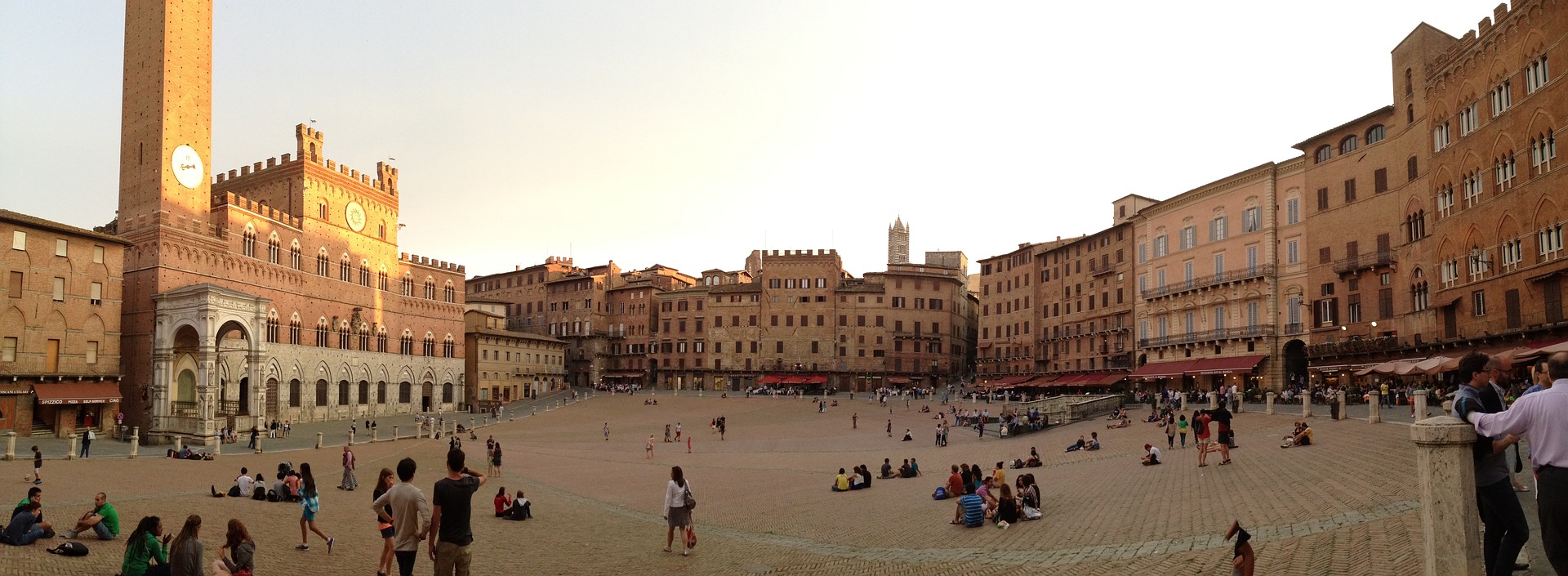
PIAZZA DEL CAMPO AND PIAZZA DEL MERCATO: THE ORIGINS
THE COUNCIL OF NINE: THE SHELL TAKES SHAPE
Fonte Gaia
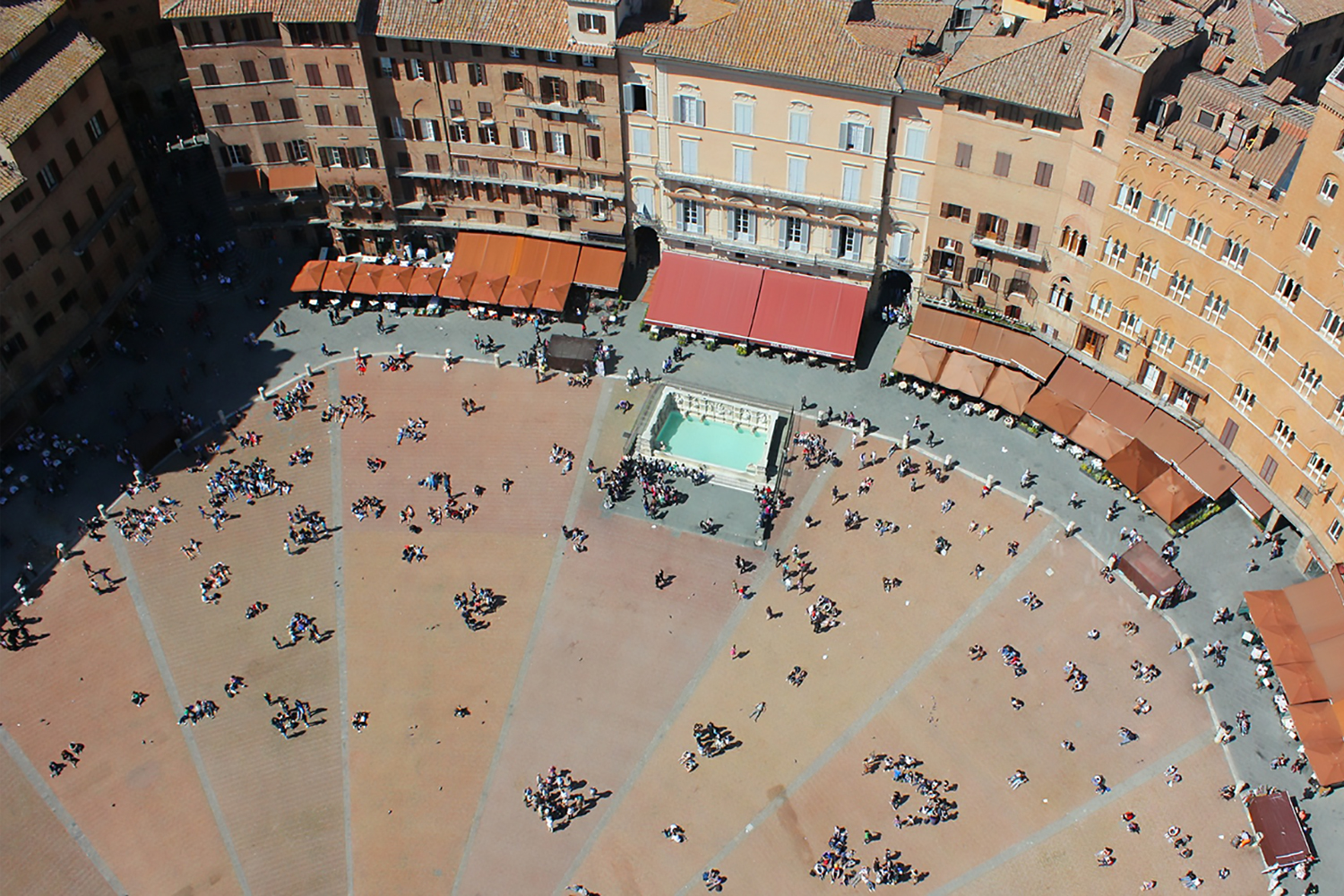
The Palazzo Comunale
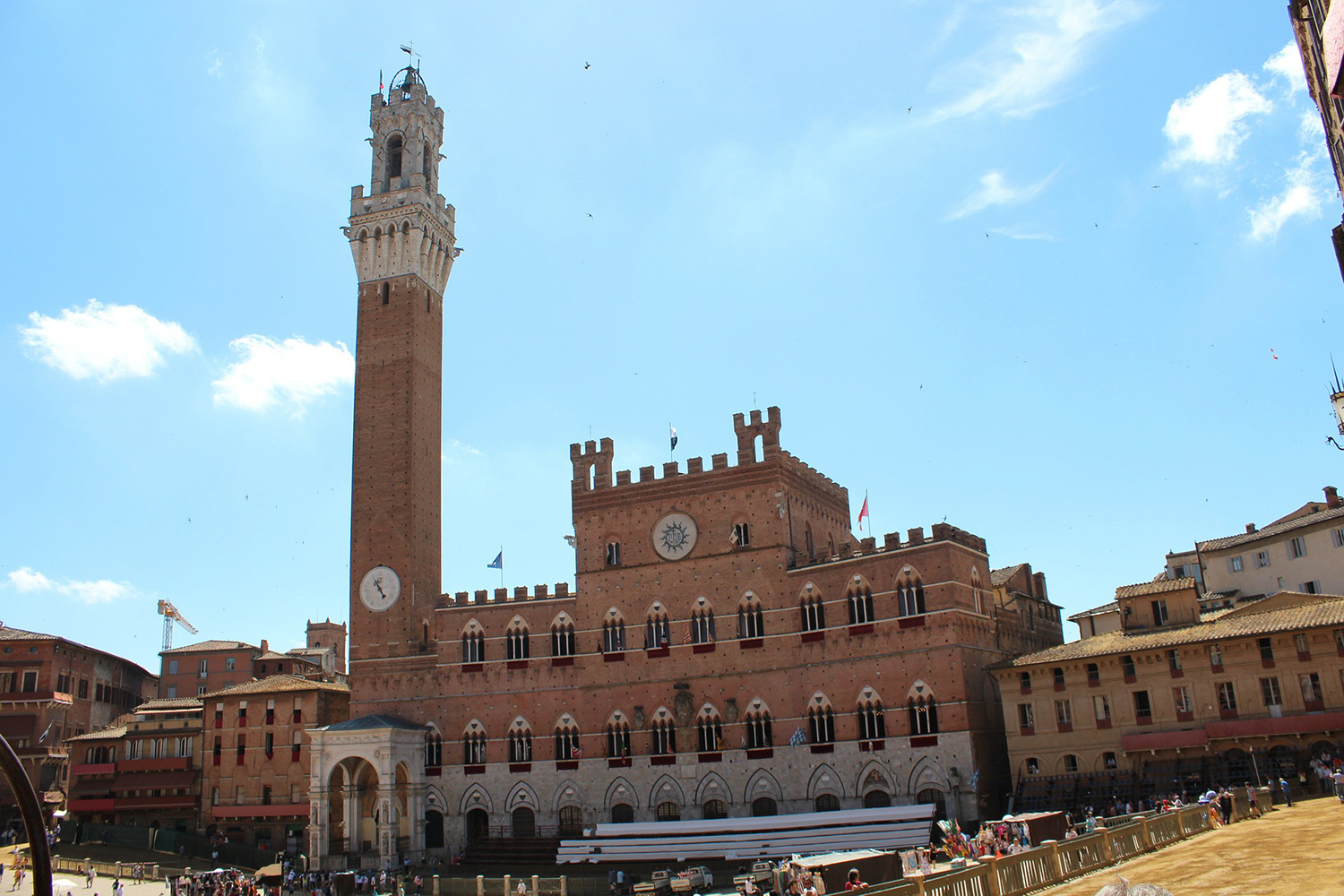
The SALA DEL MAPPAMONDO AND THE OTHER ROOMS OF THE PALAZZO PUBBLICO
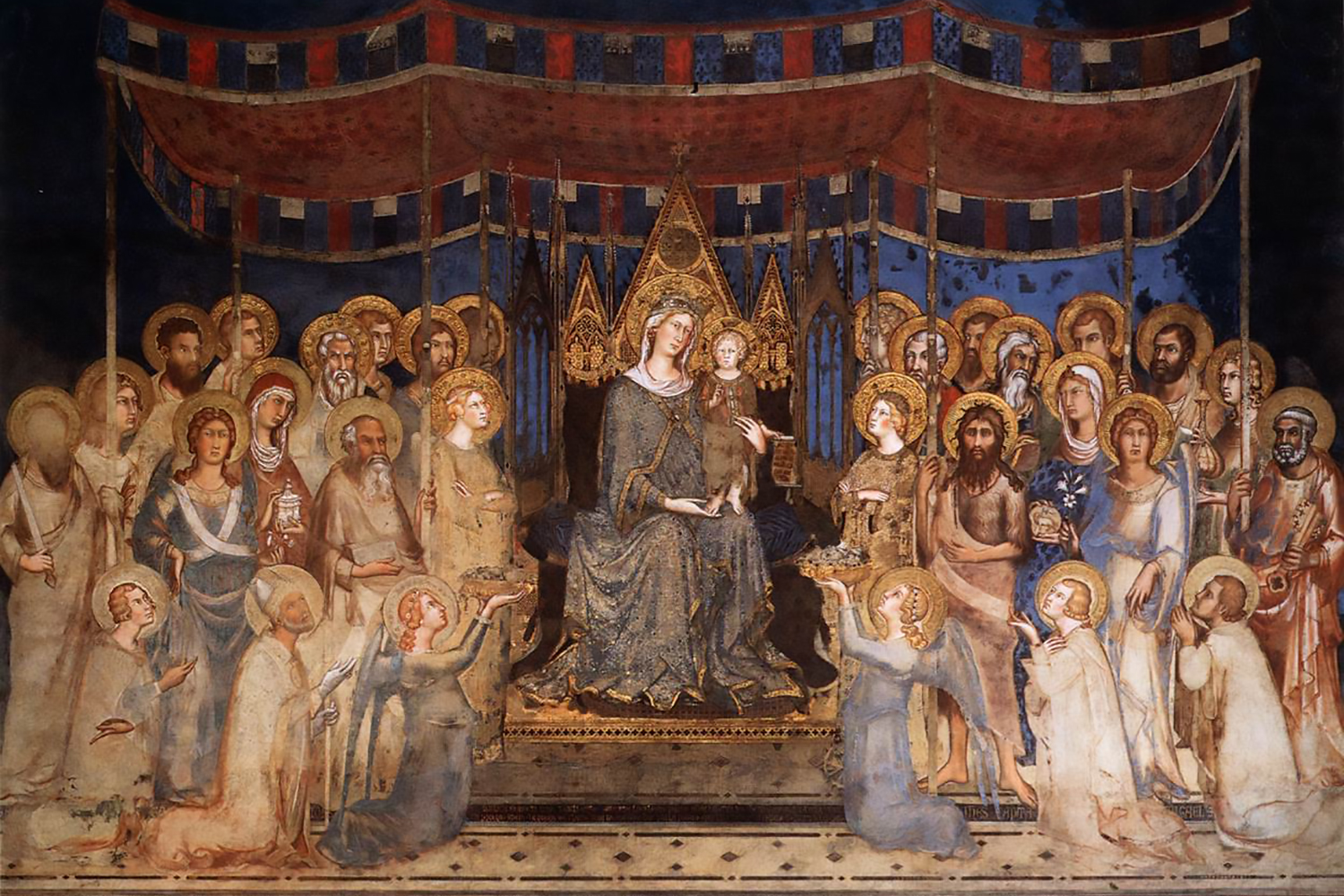
The Torre del Mangia
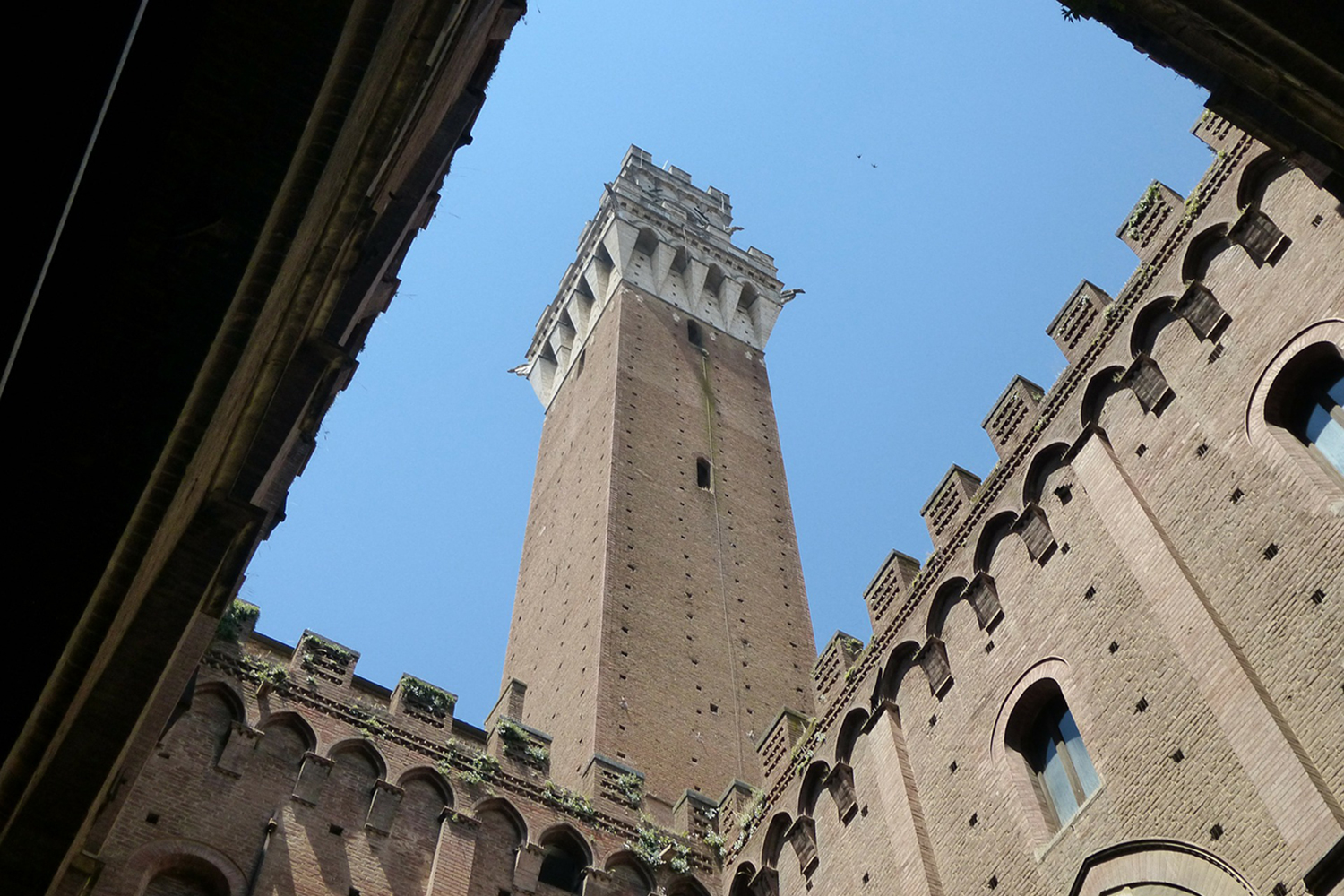
The Palio di Siena
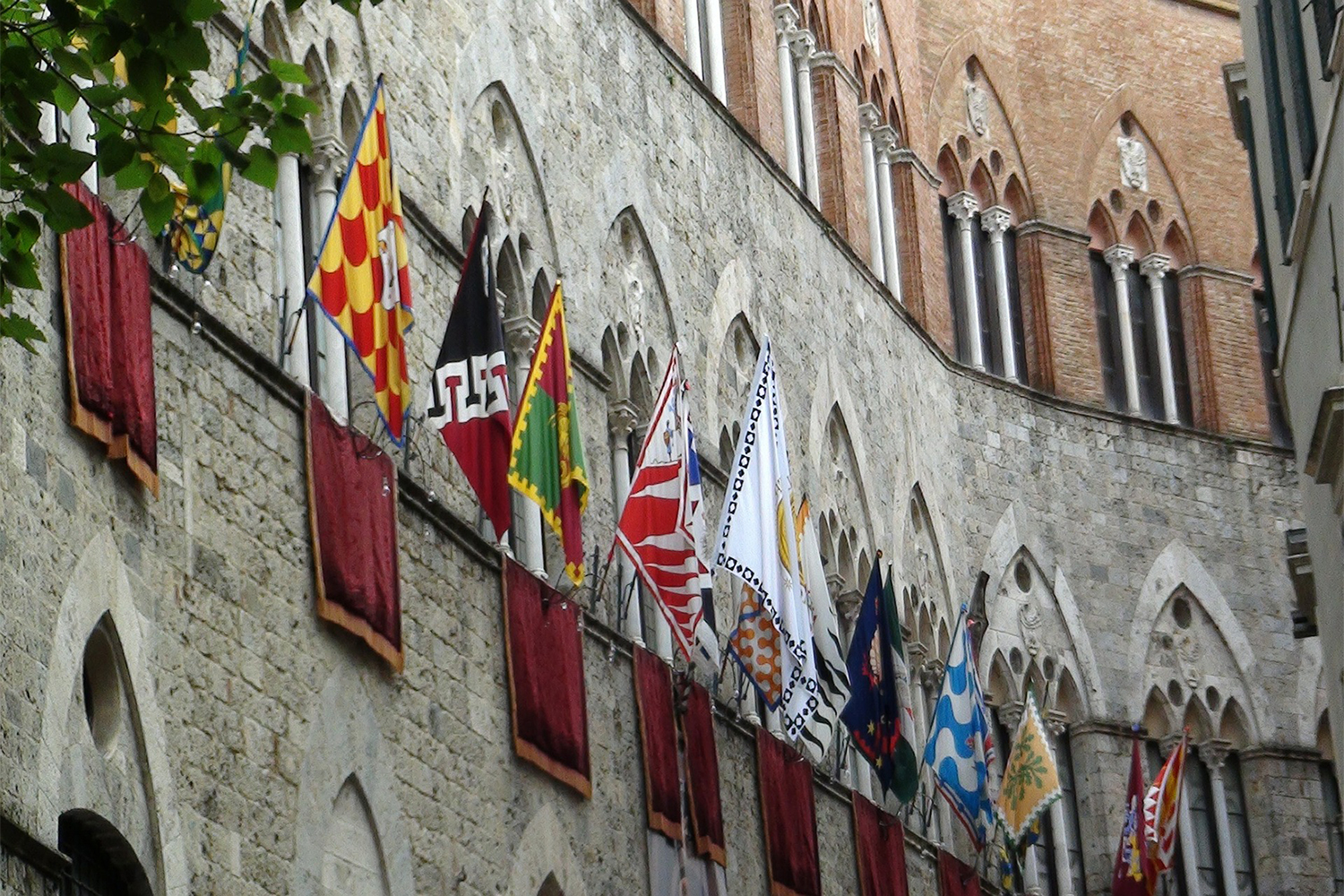
From the windows of Palazzo Giorgi you can appreciate the exciting view of the square and totally lose yourself in the spirit of the Palio.
Book your window and delight in the soul of the fascinating and ancient race.
